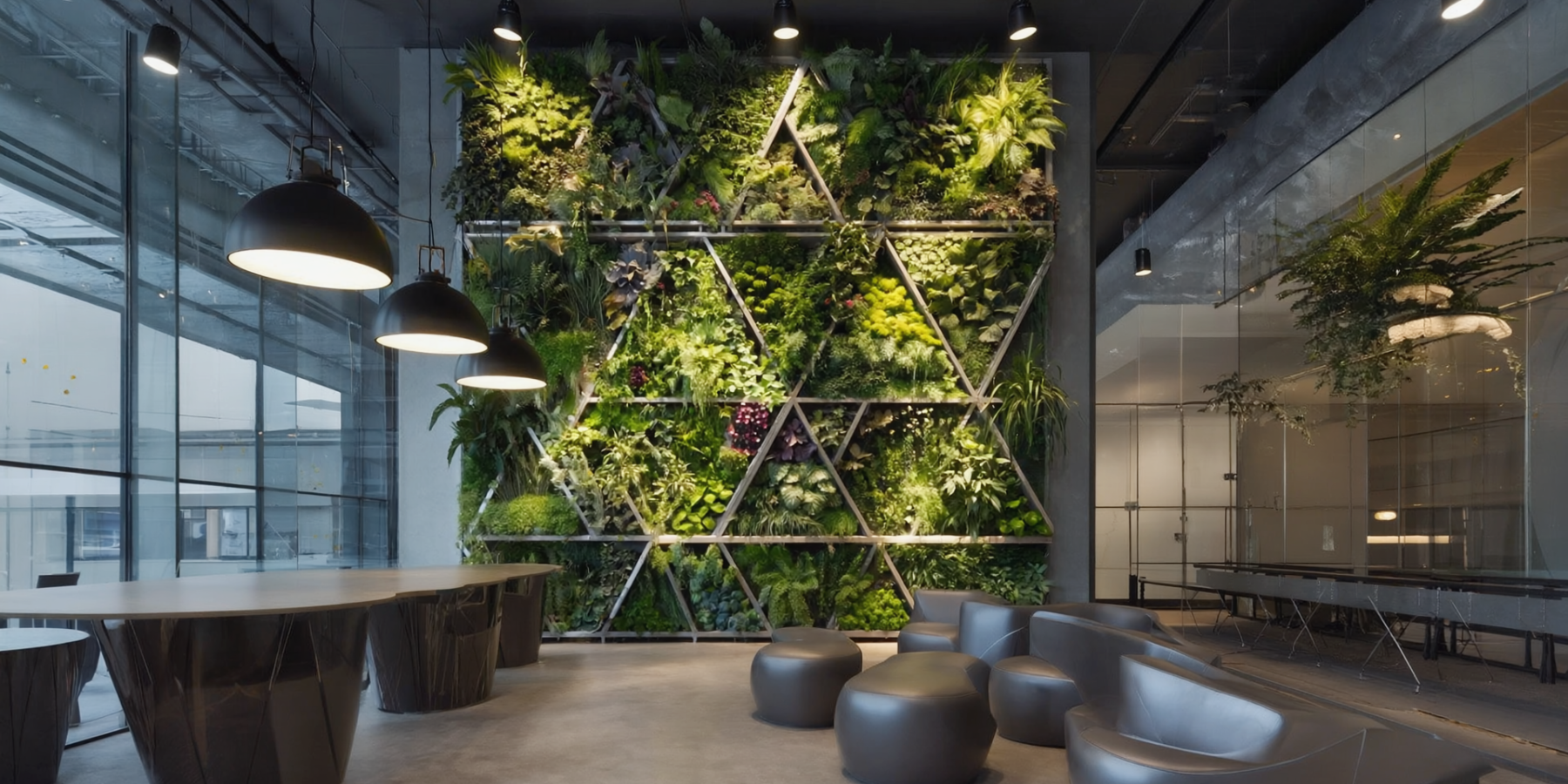The Future of Commercial Refurbishment: Trends in 2025

As we move into 2025, the commercial refurbishment sector is set to undergo transformative changes driven by advancements in technology, sustainability initiatives, and shifting business needs. Companies are rethinking how their spaces function, not just as places of work but as hubs of innovation, collaboration, and brand identity. Here are the key trends shaping the future of commercial refurbishment in 2025.
1. Sustainable and Energy-Efficient Refurbishments
Sustainability continues to be a priority across all industries, and commercial refurbishment is no exception. In 2025, we expect to see:
- Energy-Efficient Upgrades: Businesses are investing in LED lighting, advanced HVAC systems, and smart energy management solutions to lower operational costs and meet green building certifications.
- Circular Economy Practices: Materials from older buildings, such as reclaimed timber, recycled steel, and refurbished fixtures, will be repurposed to reduce waste and carbon footprints.
- Green Roofs and Solar Integration: Incorporating greenery and renewable energy solutions into refurbished properties to promote eco-friendly practices.
2. Flexible and Adaptive Workspaces
The rise of hybrid work has led to a demand for adaptable spaces that cater to various functions. In 2025, commercial refurbishments will focus on:
- Modular Design: Flexible layouts with movable walls and multifunctional furniture allow spaces to shift between collaboration zones, private offices, and event areas.
- Tech-Ready Workspaces: Enhanced connectivity, smart systems, and integrated audiovisual equipment will enable seamless in-person and virtual collaboration.
- Biophilic Design Elements: Incorporating natural materials, greenery, and improved airflow to create healthier, more inspiring work environments.
3. Health and Wellbeing at the Core
Refurbished spaces in 2025 will prioritise the health and wellbeing of employees and visitors, featuring:
- Improved Air Quality: Upgrades to ventilation systems and air purifiers will address concerns about indoor air pollution.
- Wellness Zones: Dedicated areas for relaxation, meditation, and fitness will become standard in commercial spaces.
- Natural Lighting: Strategic use of windows, skylights, and reflective surfaces to maximise daylight exposure and reduce dependency on artificial lighting.
4. Smart Buildings and IoT Integration
The integration of technology into refurbishment projects is redefining how commercial spaces operate. Key developments include:
- IoT Devices: Smart sensors for lighting, temperature, and occupancy will optimise energy usage and enhance comfort.
- Building Management Systems (BMS): Centralised platforms will monitor and control building systems, improving efficiency and reducing operational costs.
- AI-Driven Maintenance: Predictive analytics will help identify potential issues before they become costly repairs, extending the lifecycle of building components.
5. Emphasis on Brand Identity and Customisation
Refurbished commercial spaces in 2025 will reflect a company’s brand identity and culture more than ever before. Trends include:
- Tailored Interiors: Bespoke designs that align with a company’s mission, values, and visual identity.
- Interactive Spaces: Features such as branded walls, digital displays, and immersive design elements that engage employees and clients alike.
- Focus on Experience: Designing spaces that foster creativity, collaboration, and innovation through unique layouts and thoughtful amenities.
6. Regulatory Compliance and ESG Goals
As governments tighten regulations around energy efficiency and sustainability, refurbishment projects in 2025 will increasingly focus on:
- Energy Performance Certificates (EPCs): Ensuring buildings meet updated energy efficiency standards to avoid penalties.
- ESG (Environmental, Social, and Governance) Goals: Aligning refurbishments with corporate ESG objectives to enhance reputations and attract investors.
- Safety and Accessibility: Upgrading properties to comply with fire safety regulations, accessibility standards, and health codes.
7. Focus on Cost-Effectiveness Through Innovation
Economic uncertainty has highlighted the importance of balancing quality with cost-efficiency. In 2025, commercial refurbishments will prioritise:
- Prefabricated Components: Faster construction times and reduced labor costs using pre-assembled modules.
- Durable Materials: Long-lasting finishes and materials to minimise maintenance expenses.
- Digital Twin Technology: Virtual simulations of building performance to optimise designs before construction begins.
8. Urban Regeneration and Mixed-Use Developments
Commercial refurbishments are increasingly part of broader urban regeneration projects, contributing to vibrant, mixed-use developments. Key features include:
- Multi-Purpose Buildings: Combining office spaces with retail, residential, and leisure facilities to maximise usage and value.
- Community-Centric Design: Creating spaces that foster connections between businesses and local communities.
- Sustainability Focus: Incorporating green spaces, public transport links, and renewable energy sources into regenerated areas.
Preparing for the Future
The commercial refurbishment industry in 2025 is evolving to meet the demands of a rapidly changing world. Businesses that invest in sustainable, flexible, and tech-driven spaces will not only enhance their operational efficiency but also strengthen their appeal to employees, clients, and stakeholders.
At Finn Contracts Limited, we are at the forefront of these trends, delivering cutting-edge refurbishment solutions that align with the future of commercial spaces. Contact us today to discuss how we can help transform your property for the next generation of business.